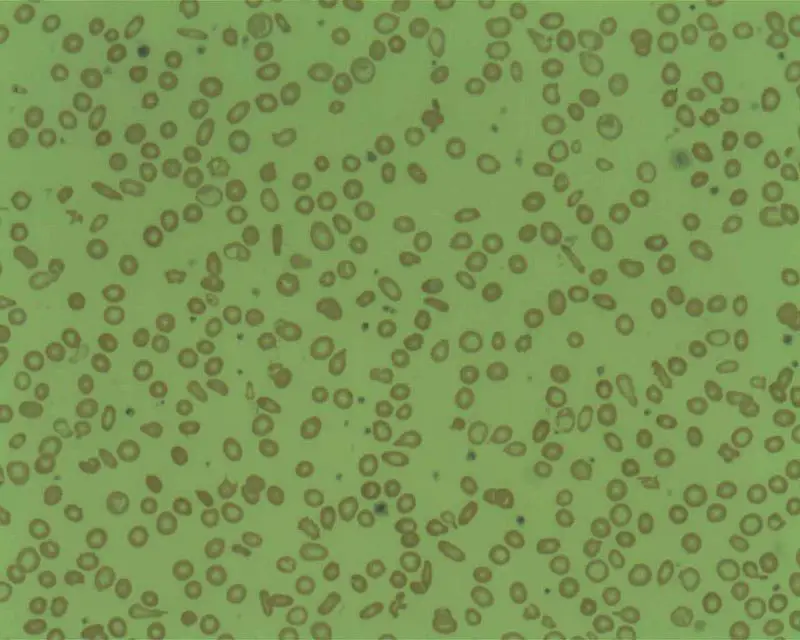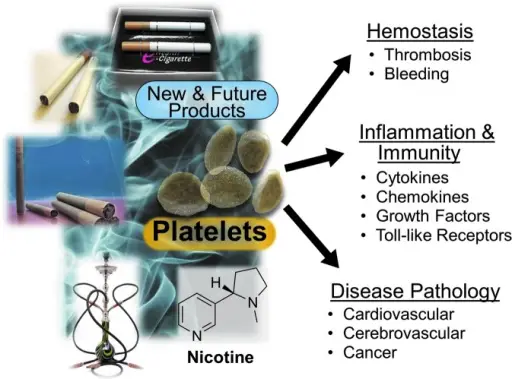Myeloproliferative Disorders Pathology Study Guide
Myeloproliferative Disorders Myeloproliferative Disorders Pathology Video Myeloproliferative disorders are neoplastic proliferation of myeloid cells. Myeloproliferative disorders typically occur in late adulthood (average age is 55-years-old). Myeloproliferative disorders are associated with: Leukocytosis (high white blood cell count) Hypercellular bone marrow In…










